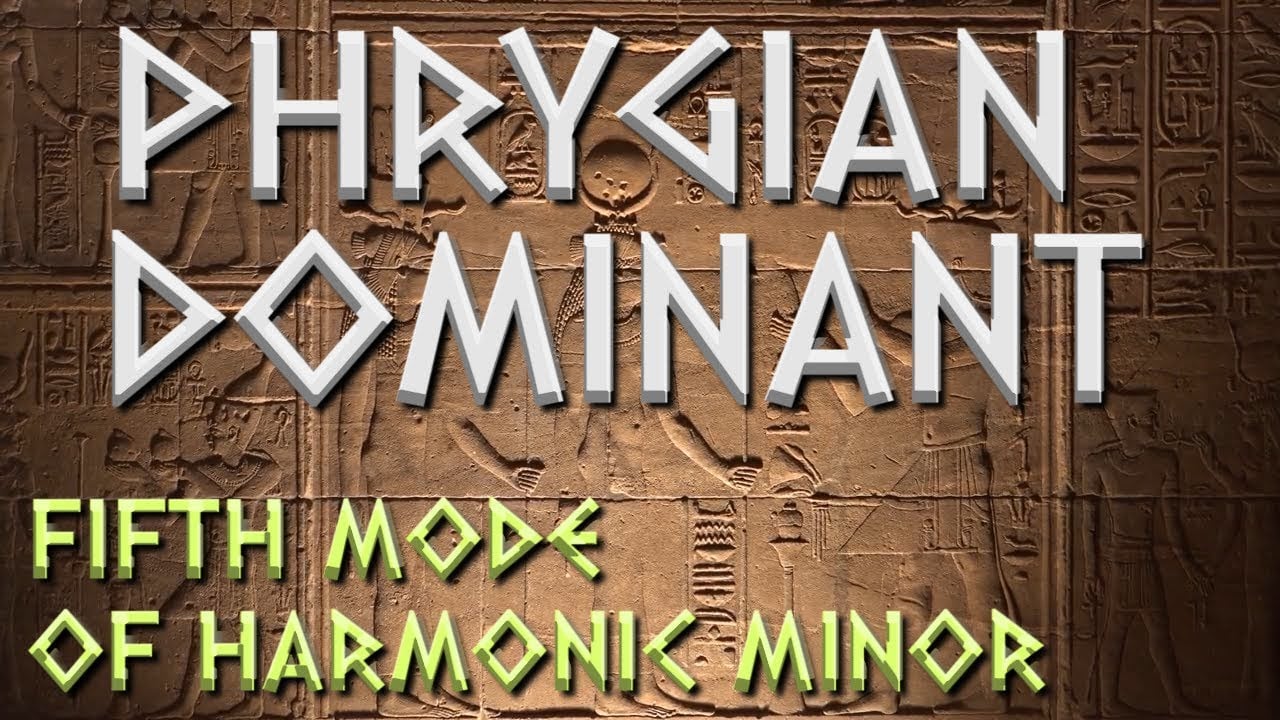PDF + Tabs at my Patreon: https://bit.ly/2zFwzOO
Susbscribe to Chusss’ Channel!! http://goo.gl/ZoKN9
Phrygian Dominant is the fifth mode of Harmonic Minor and one of my favorite scales due to its exotic and dramatic sound. This video goes over the basics, as well as the chords in the scale and many methods of applying it all to making music across different instruments, including how to write solos and leads.
This scale is very close in structure to the Byzantine scale (AKA Double Harmonic Major).
Suggested pre-requisite videos
Harmonic Minor- https://youtu.be/UkGIfrdMgTA
Phrygian – https://youtu.be/ZnoKgWnMEq8
A huge thank you the following Patreon supporters:
Linas Orentas
Marek Pawlowski
John Arnold
Christopher Swanson
Marc Bulandr
Alvaro Begue-Aguado
Bradley Bower
https://www.twitter.com/signals_music
https://signalsmusicstudio.com
Free online guitar lessons for beginners, intermediate, and advanced players. Located in Crystal Lake, Jake Lizzio provides free jam tracks and video lessons for guitar players, as well as music theory videos and other music education content.
Song Writing Lessons







